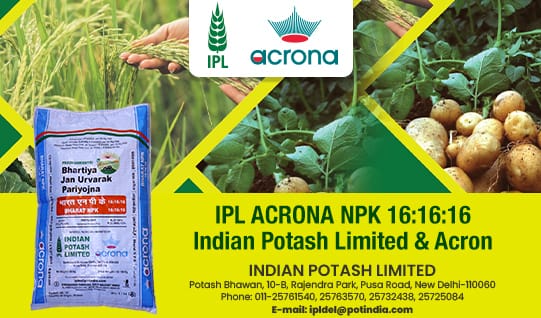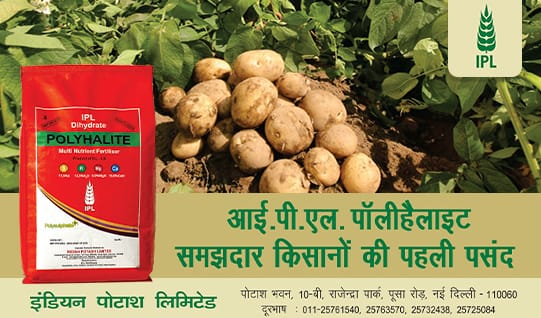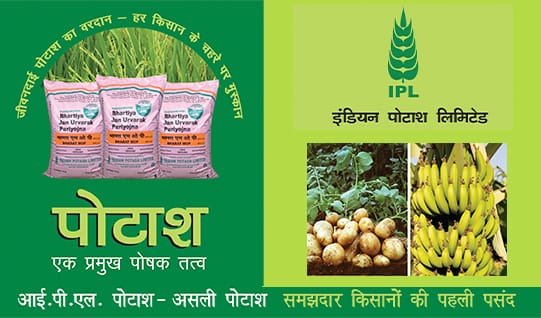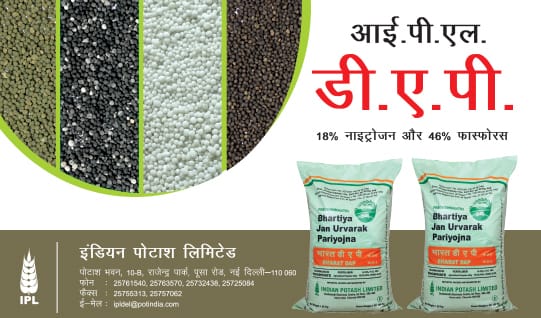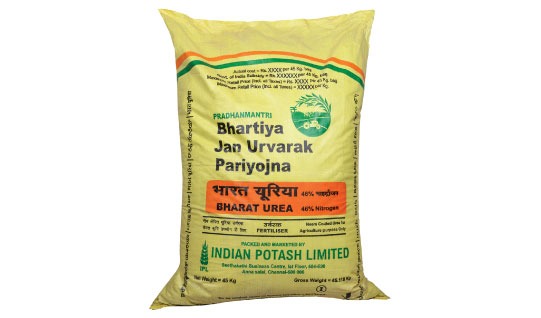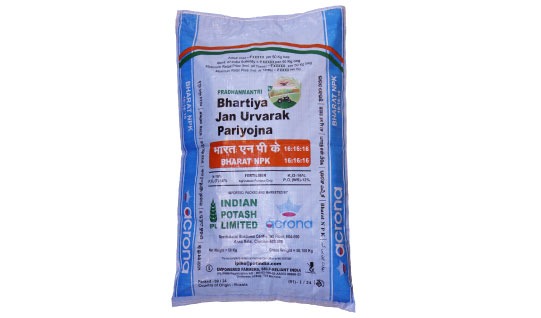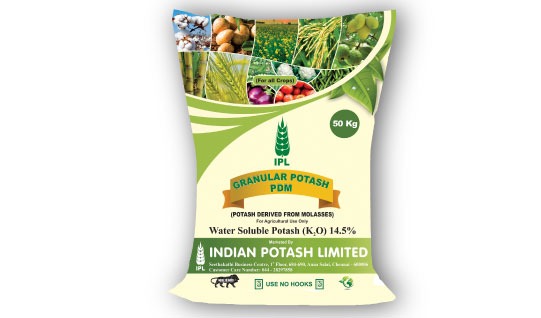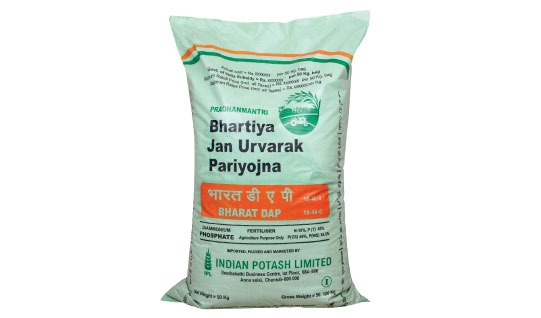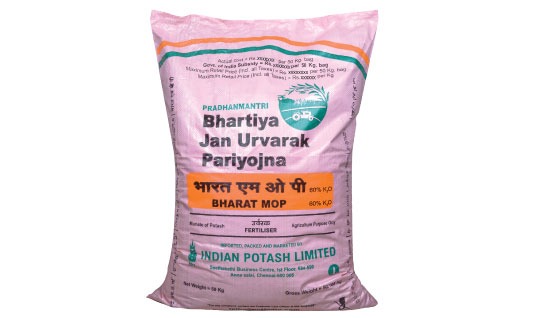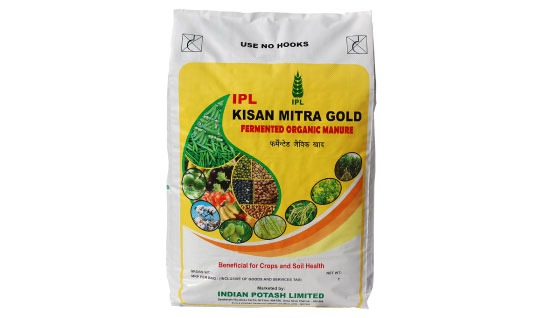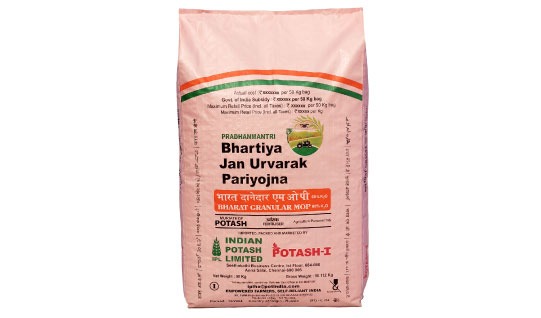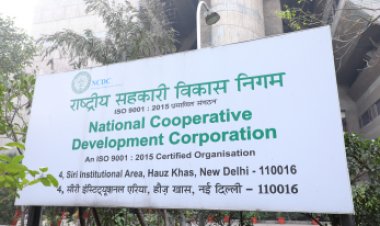World Intellectual Property Day: Why Geographical Indications Matter in Today’s IP Ecosystem
In the evolving landscape of Intellectual Properties (IPs), GIs are unique as they bestow the Intellectual Property right on a community unlike the other IPs such as Patents, Trademarks, Copyrights, etc. that are conferred to an individual entity.

Geographical Indications (GI) denote the place of origin of a product which possesses certain qualities, characteristics or reputation intrinsic to that place. The GI Framework was introduced in India through the enactment of Geographical Indications of Goods (Registration and Protection) Act, 1999. Today, more than 650 products including agricultural and natural goods, manufactured products, food stuffs and handicraft items have been recognized as GI in our country. Thus, GIs have emerged as a crucial tool for preserving the uniqueness of products tied to specific regions.
In the evolving landscape of Intellectual Properties (IPs), GIs are unique as they bestow the Intellectual Property right on a community unlike the other IPs such as Patents, Trademarks, Copyrights, etc. that are conferred to an individual entity. GIs protect the collective community rights by registering the actual producers of the products as Authorized Users, providing them with the exclusive right to use the GI tag and sue in case of infringement by any third party. GIs protect the reputation of regionally produced goods, safeguarding centuries-old traditions and cultural heritage. From the Alphonso Mango of Maharashtra to Kanjeevaram Sarees of Tamil Nadu and Apatani weaves of Arunachal Pradesh, these labels help maintain authenticity, preventing imitation that could compromise quality and erode the distinctiveness of the original product. Thus, GI certification serves as a bridge between heritage and age-old traditions with commerce and consumer trust, giving producers legal support to safeguard and sell their products while guaranteeing authenticity for buyers.
A major benefit of GIs is their power to strengthen local economies. As buyers become more aware of the authenticity and origin, GI registered products can be sold at premium prices, benefiting small-scale producers thrive. In rural areas, where traditional industries play a vital role, GIs foster employment and encourage sustainable agricultural practices. For instance, once on the brink of extinction, Nizamabad’s black pottery has witnessed a remarkable resurgence. The craft, once limited to just 10-12 families, now supports over 10,000 artisans since its GI certification in 2015.
A study of the major clusters in the country would reveal how a distinct local product has helped to establish a whole ecosystem replete with producers, vendors, traders, the middlemen, the financers, the logistics and the infrastructure. In fact, the whole supply chain related to the product as well as supporting trades has evolved around a single product. In the ancient civilisations, the ports were an important factor which facilitated exports and trade in general. Thus, they developed as centres of production and marketing hubs. In the present-day context, the target has been towards decentralisation and closing the rural-urban divide. Thus, development of locations away from big cities, as centres of production, providing in-situ employment for the rural masses and development of requisite infrastructure around the place can go a long way in resolving several pain-points of the development planners. And GIs help to identify and provide recognition to such products which can help the region grow with it while attracting the Government’s attention for specific interventions.
Counterfeit products are a serious risk for both buyers and producers of any product. In such cases, GI protection acts as a legal safeguard against unauthorized usage, preventing unauthorized sellers from exploiting established and well-known region specific brand names for fake imitations and counterfeits. Legal frameworks like the World Trade Organization’s (WTO) Agreement on Trade-Related Aspects of Intellectual Property Rights (TRIPS) and the GI Act, 1999 in India ensure that the producers retain control over their identity and maintain the integrity of their craft.
GIs instills a trust and confidence in the buyers that the products they purchase are authentic, crafted using traditional methods, and meet high-quality standards. This assurance makes such goods more appealing to consumers who value heritage and authenticity. For businesses, having a GI recognition boosts brand reputation, making their products stand out in competitive markets. The credibility that comes with GI recognition strongly influences consumer choices, driving higher sales and fostering customer loyalty.
GIs use traditional ways of producing goods, often using techniques passed down through generations. These methods tend to be more natural, processes that use materials available locally, are sustainable and preserve the environment. This focus on sustainability aligns with broader environmental conservation efforts, ensuring that production does not damage ecosystems or deplete natural resources.
GI tagging assumes further importance in the border states. Since each product is mapped to the districts/ regions on the political map of the state/ country, it actually creates footprints over the region for the host nation at the global level. In case of disputes on the international borders these maps serve as additional evidence of presence in the region since historical times.
The Government of India has set an ambitious target of 10,000 GI tags by 2030. Government institutions including NABARD have a prominent role to play in realizing this vision. In fact, NABARD has been instrumental in promoting GI registration from the very initial stages as is evident from the fact that the third GI tag in India viz. Pochampally Ikat of Andhra Pradesh was supported by NABARD. In 2019, NABARD introduced a comprehensive policy to strengthen the GI ecosystem. This policy not only supports GI registration but also extends assistance for post-registration activities such as registering Authorized Users, providing marketing support for GI products, enhancing the skills of producers, documentation, capacity building and raising awareness through targeted campaigns. As many as 139 NABARD supported products have been awarded the GI Certificate, till date.
In today's evolved consumer market the GI Label is certainly an indication of a niche product which has the potential to guarantee a premium price to the producers. However, they are more than just labels - they are powerful instruments that safeguard heritage, empower local economies, build consumer trust and curb counterfeiting. As global trade expands and consumers seek authenticity, the importance of GIs continues to grow, reinforcing the link between tradition and commerce while protecting the unique identity of regionally produced goods. By fostering innovation while respecting legacy, GIs serve as a cornerstone of sustainable development in modern markets.
(Writer is Chief General Manager, NABARD)



 Join the RuralVoice whatsapp group
Join the RuralVoice whatsapp group